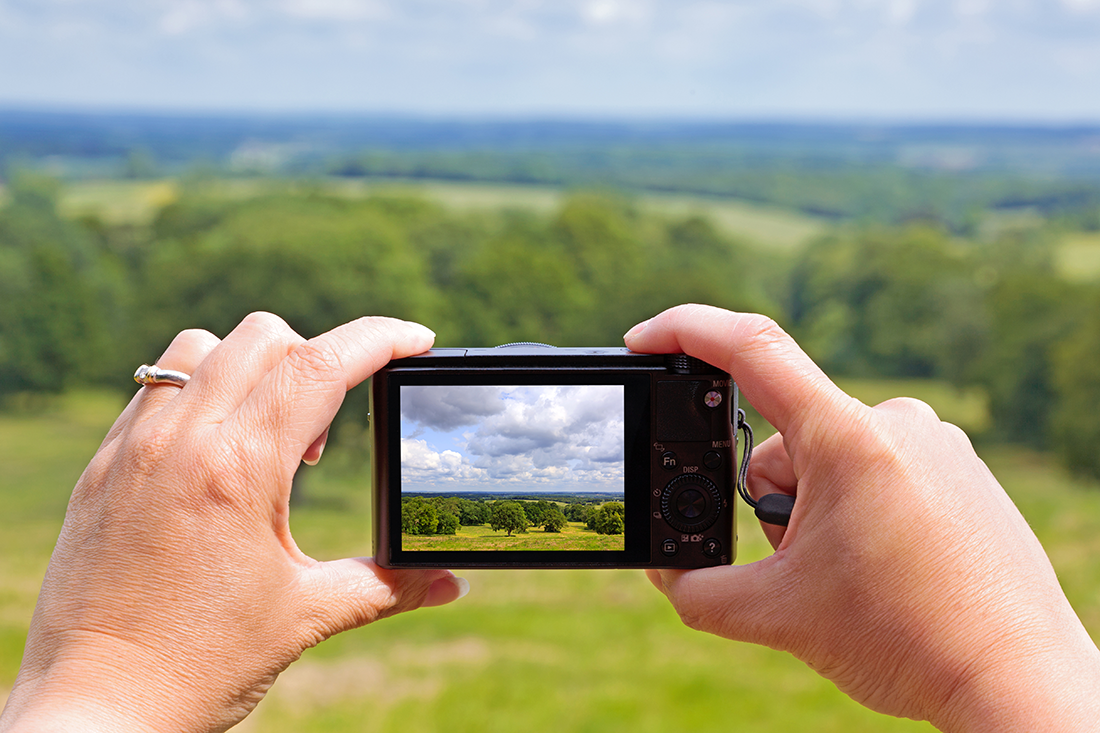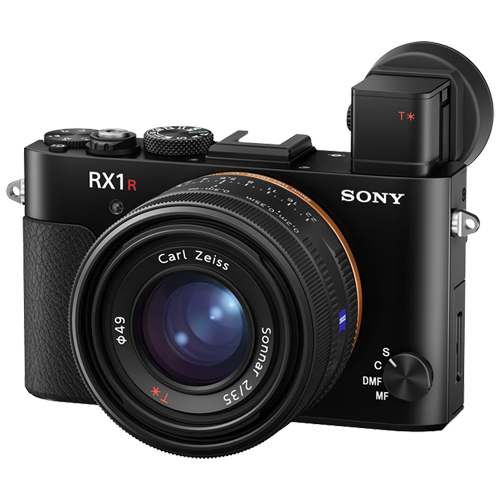Why Compact Cameras are Still Relevant in 2017
Ever since the first cameras appeared in mobile phones we’ve been hearing that the end is in sight for compact cameras, but lots of photographers still recognise the important role that these cameras perform – with many owning a high-end SLR or CSC as well as a compact. So what do these photographers know that you don’t?

1. Image quality
Let’s deal with one of the most important reasons why a compact camera scores over a smartphone first: image quality. Inside a compact camera, even a simple point-and-shoot model, there’s a sensor that is usually larger than the sensor inside a mobile phone and this enables it to gather more light and produce higher quality images.
There are an increasing number of compact cameras like the Canon PowerShot G9X Mark II and G5X which have 1-inch type sensors, giving them a significant advantage over smartphones for image quality. There are even models like the Fujifilm X100F (APS-C format) and Sony RX1R II (full-frame) which have the same sized sensors as top-end SLRs and CSCs.
2. A proper lens
Even just a cursory glance at a compact camera will confirm that the lens is larger than the ones usually found on a mobile phone. As well as enabling them to produce better image quality, in many cases, it’s possible to zoom in for tighter composition of distant subjects. With a mobile phone, it’s usually only possible to zoom-in digitally, which means the image is cropped and there’s interpolation going on - an optical zoom produces better quality images.
Travel zoom cameras like the Panasonic TZ80 and Sony Cyber-Shot HX90V have lenses with huge zoom ranges that many SLR users would be envious of. They enable you to shoot wide vistas or cramped interiors as well as nice portraits and far distant objects, making them ideal for holidays and away days.
3. A viewfinder
Not all compact cameras have a viewfinder built-in, but many, like the fabulous Sony RX100 III and Panasonic TZ80, do. That’s especially useful in bright sunny conditions when it can be hard to compose an image on the camera’s main screen.
4. Exposure control
Although there are some point-and-shoot models that do pretty much everything for you, there are also advanced compact cameras that let you take full manual control over exposure - though they have automated options as well if you prefer to use them. The Sony HX90V, for example, has a mode dial that lets you select from a collection of exposure modes including program, aperture priority, shutter priority and manual.
5. Small size
Part of the attraction of compact cameras is that they are much smaller than an SLR or mirrorless system camera, with many being small enough to slip in a pocket. That makes them a great choice for travel and days out when you need to travel light but want a proper camera to capture the sights.
- By Matthew Ward
- 13 Apr 2017


































































